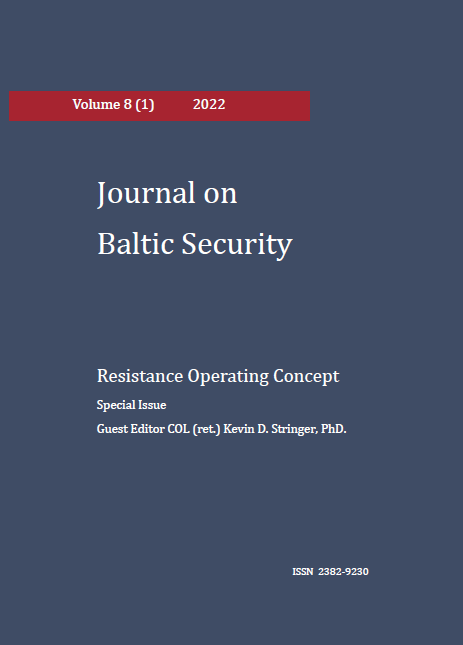Volume 8, Issue 1 (2022), August 2022

Order by:
Pub. online: 8 Aug 2022
Type: Editorial
 Open Access
Open Access
Pub. online: 6 Sep 2022
Type: Research Article
 Open Access
Open Access
Abstract
Pub. online: 3 Oct 2022
Type: Research Article
 Open Access
Open Access
Abstract
Pub. online: 3 Oct 2022
Type: Research Article
 Open Access
Open Access
Abstract
Pub. online: 3 Oct 2022
Type: Research Article
 Open Access
Open Access
Abstract
Pub. online: 9 Aug 2022
Type: Research Article
 Open Access
Open Access
Abstract
Pub. online: 2 Sep 2022
Type: Research Article
 Open Access
Open Access
Abstract
Pub. online: 13 Jun 2022
Type: Research Article
 Open Access
Open Access
Abstract
Pub. online: 4 Aug 2022
Type: Research Article
 Open Access
Open Access
Abstract
Pub. online: 5 Aug 2022
Type: Research Article
 Open Access
Open Access
Abstract